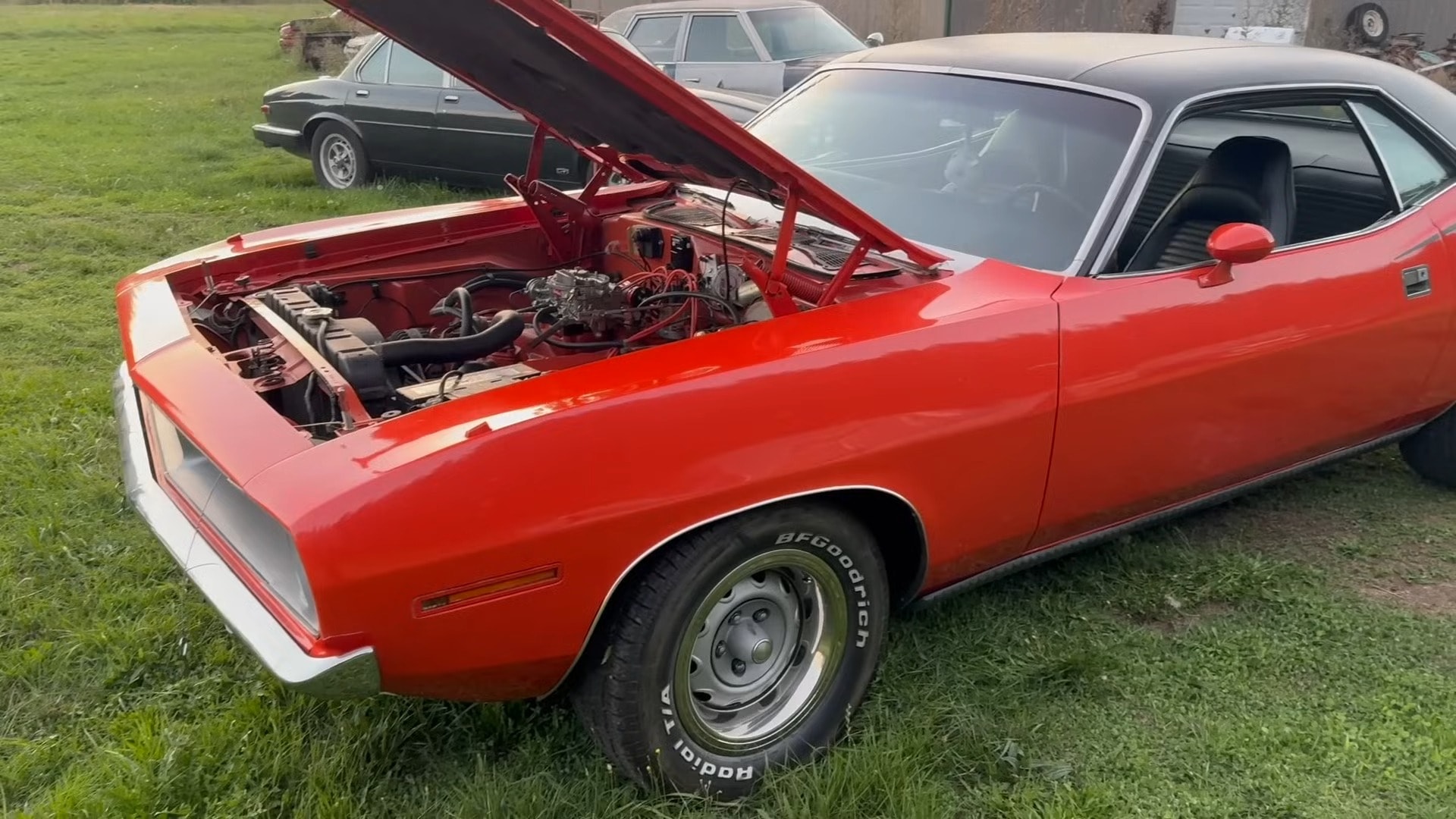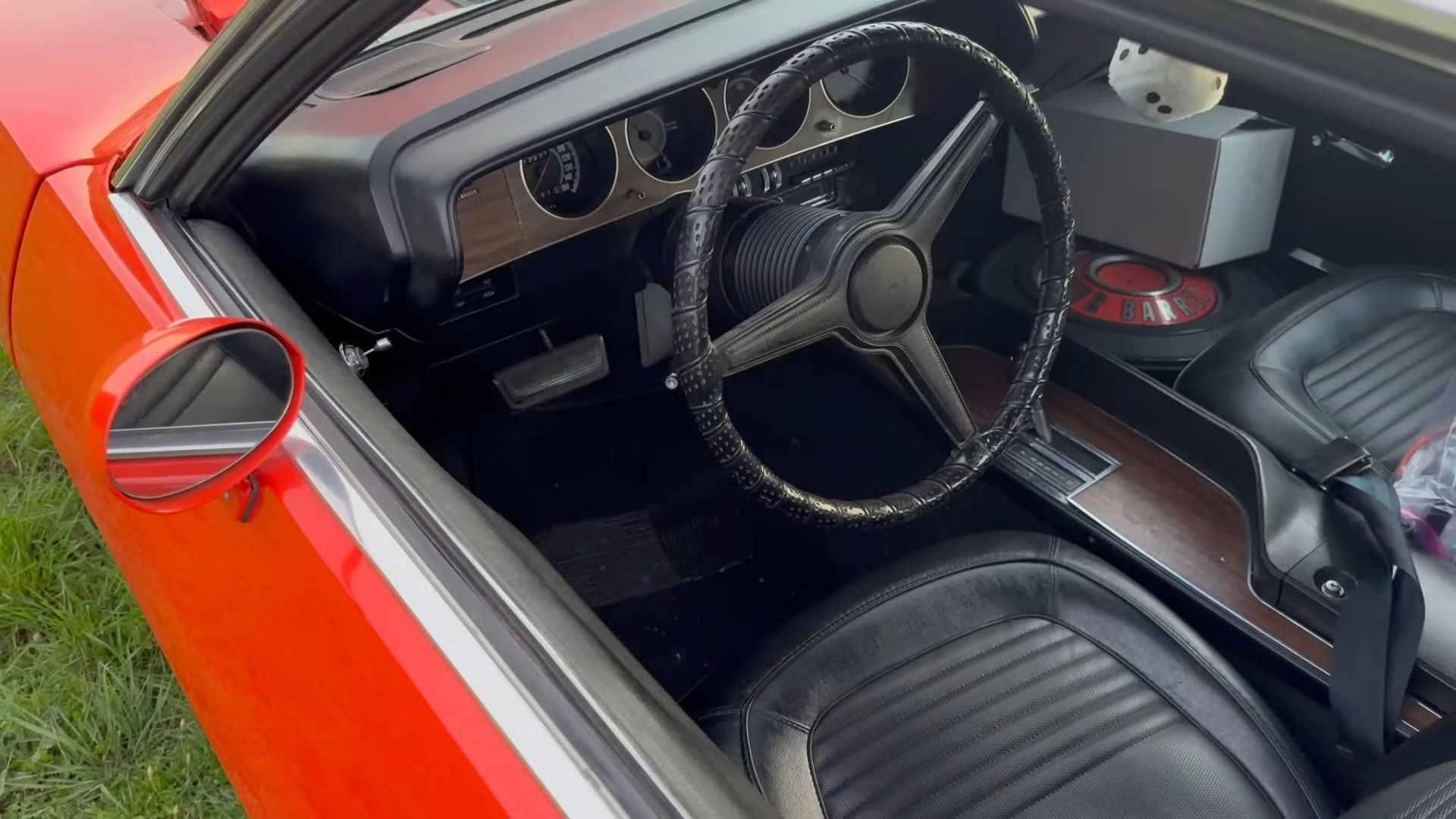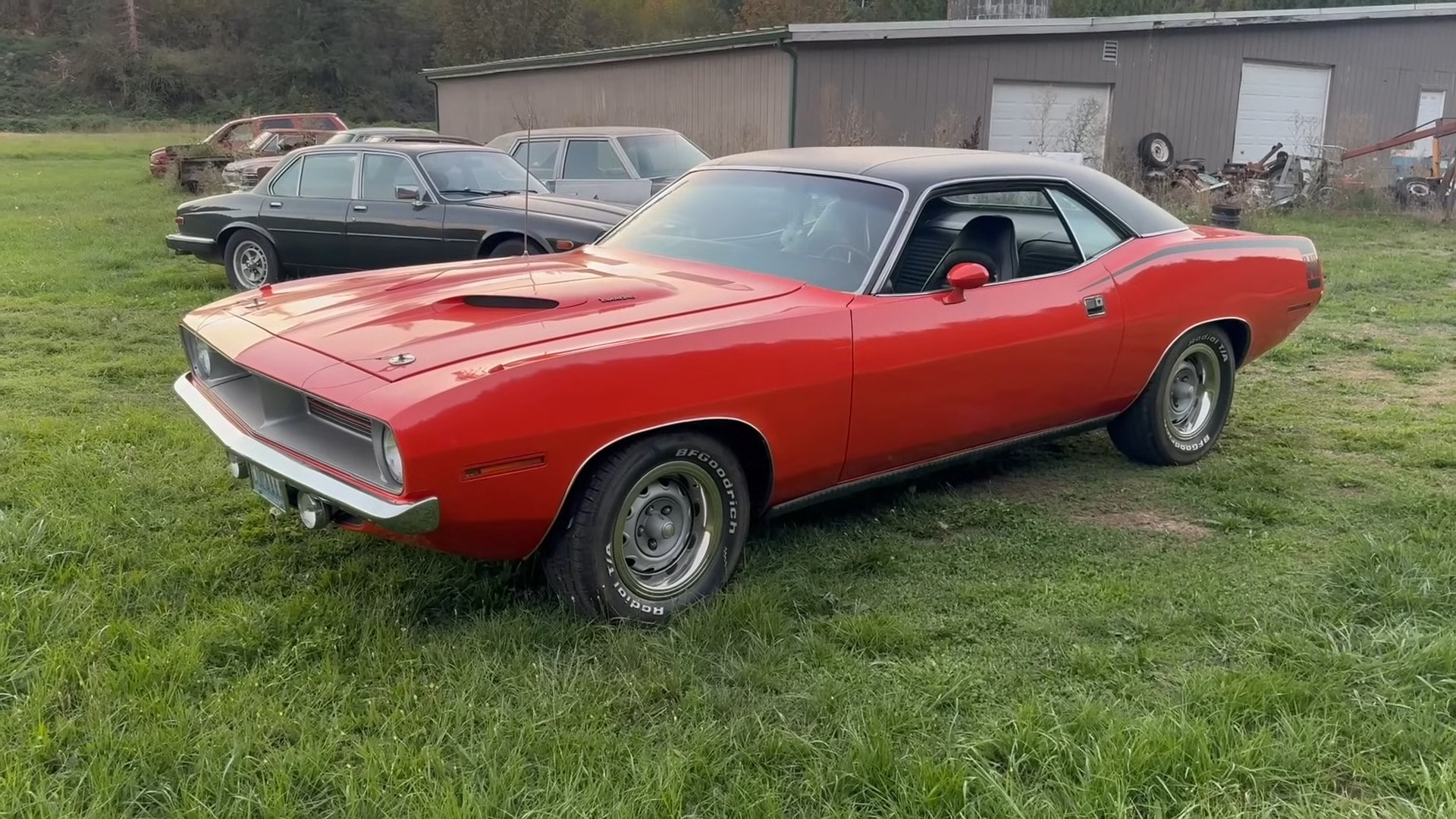The Plymouth Barracuda, a legendary pony car that reigned supreme for a decade, debuted in 1964, two weeks before its iconic rival, the Ford Mustang. This sleek and powerful vehicle gained immense popularity with its redesigned body and impressive engine lineup in 1970.
The Barracuda’s legacy was further solidified by its introduction of the 340 cubic inch small block LA engine in 1968. This engine, known for its exceptional power to weight ratio, quickly became a staple in Chrysler’s performance vehicles.
One of the most notable features of the Barracuda was its 340 Commando V8 engine, which was hailed as “the best to happen to iron in years” by Chrysler’s sales literature. This engine, with its 275 horsepower and 340 lb-ft of torque, offered incredible performance for its time.

Despite being significantly smaller than Chrysler’s larger big-block engines, the 340 Commando could easily compete with them on the track. The Barracuda’s popularity was evident in its sales figures. In 1970, nearly 49,000 Barracuda variants were sold, with over 43,000 of them powered by one of the five V8 engines offered.
The 318 V8, which served as the foundation for the 340, was the most popular engine choice, accounting for more than half of all Barracuda sales. The 340 Commando, however, was the engine that truly defined the Barracuda as a performance car. The 1970 Dodge Challenger 340 was a powerful and iconic muscle car.
It was available in two distinct configurations: the standard four-barrel engine and the Six-Barrel version, which was produced specifically for the SCCA Trans Am series. The Six-Barrel version was marketed as the AAR ‘Cuda, after Dan Gurney’s All American Racers team. Despite its impressive performance, the 340 was known for its unforgiving handling.
The engine’s low end torque could easily overwhelm inexperienced drivers, leading to accidents. The previous owner had attempted to fix the engine but had made several mistakes, including misaligning the distributor, flooding the crankcase with gasoline, and using incorrect fuel pump and carburetor settings. As a result, the engine was damaged and wouldn’t start.

After replacing the damaged components and flushing the engine with fresh oil, Atwood was able to get the 340 running again. However, the engine was hesitant to idle due to the gasoline dilution. After a few minutes, the engine settled into a smooth idle and performed normally during a test drive.
The 340’s lightweight design was a significant factor in its performance, but it also contributed to its tendency to lift its nose at high speeds. This could be dangerous at speeds over 130 mph, as the car could become airborne. Fortunately, the ‘Cuda in this video was spared this fate.

